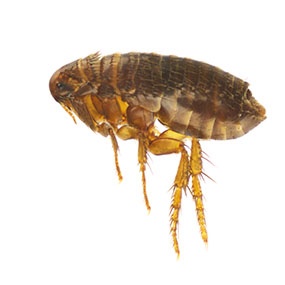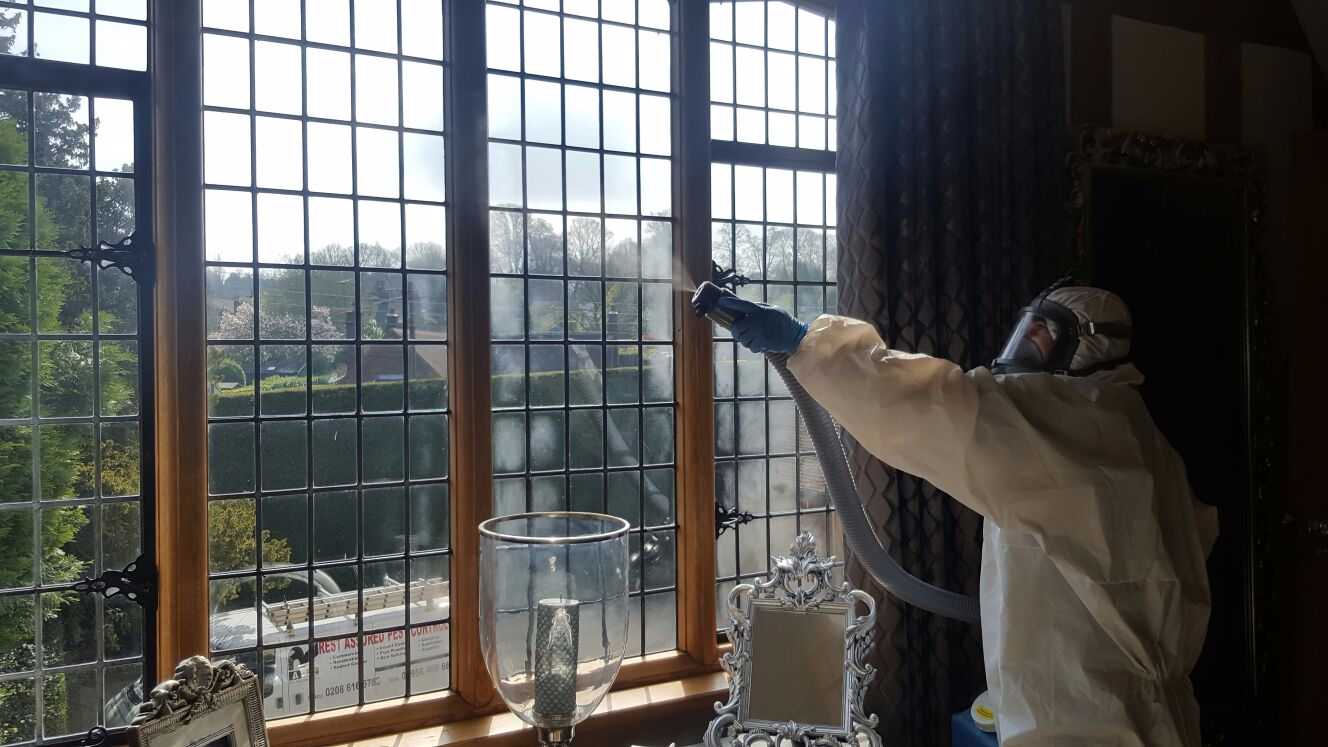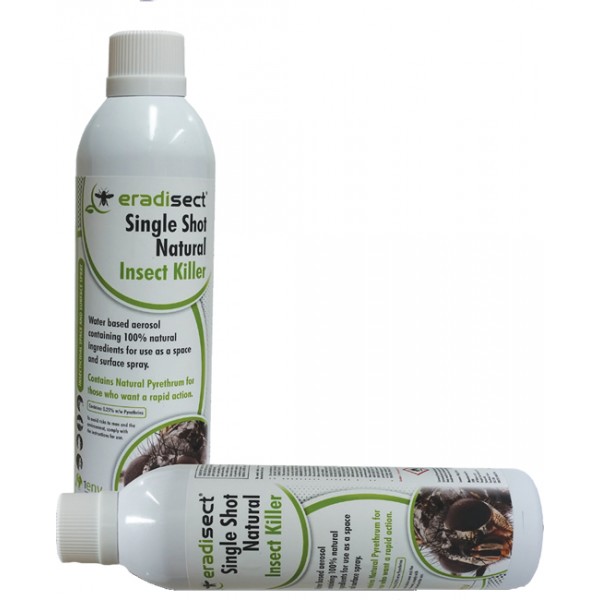Fleas

Fleas develop through a life cycle known as complete metamorphosis, beginning with the flea egg. This smallest stage of the flea's life cycle is seldom seen, due to its small size. These tiny eggs are well distributed by the host of the flea (dogs, cats, nesting animals) and should be considered in any flea control program. Knowing flea egg development will give you a better understanding of the pest and aid in flea control
The second stage or cycle of flea development is the worm-like larvae. Fleas go through what is called a complete metamorphosis: egg, larva, pupa, adult.
The female adult flea lays numerous eggs; larvae emerge from the eggs and go through a series of instars before pupating. Inside of the pupae (cocoon) the immature insect is transformed into an adult flea. When transformation is complete, surrounding conditions are right and nature signals that a host might be nearby, the completely formed adult flea will emerge from the pupal casing - ready to jump, feed, mate and continue the cycle. As a group, the egg, larva and pupa are known as the immature stages of the flea.
Adult Cat Fleas are one of the most important pests of homes, lawns and pets in the UK. There are other flea species but the Cat Flea is the one most often encountered by pest professionals and individuals who prefer do-it-yourself pest flea control. There is a very slight chance of encountering other species of fleas but control products and methods are the same with other species as those used in controlling cat fleas. The only exception to this would be in controlling flea hosts.

You can reduce the chance of fleas coming into your home by:
- keeping cats indoors
- inspecting your pet regularly
- regularly mowing and raking your lawn to discourage animals that may carry fleas
- repairing window screens and other places that unwanted animals can use to enter your home
- covering sandboxes when they are not being used
You can prevent your pet from getting fleas by using pest control products made for pets. Most of these products come into contact with the pet's skin. It is important to use the right product for your pet and read and follow the directions on the label.


